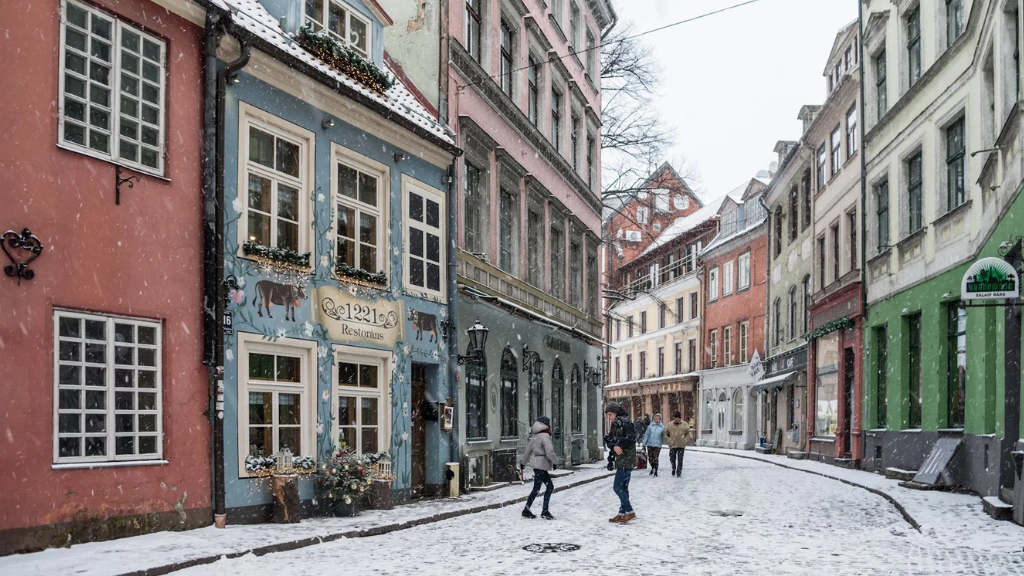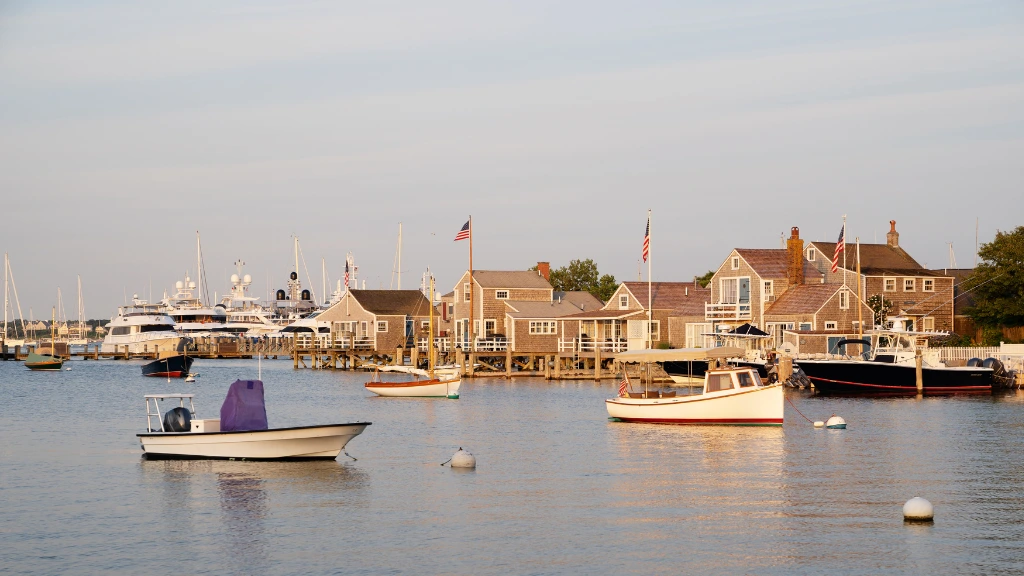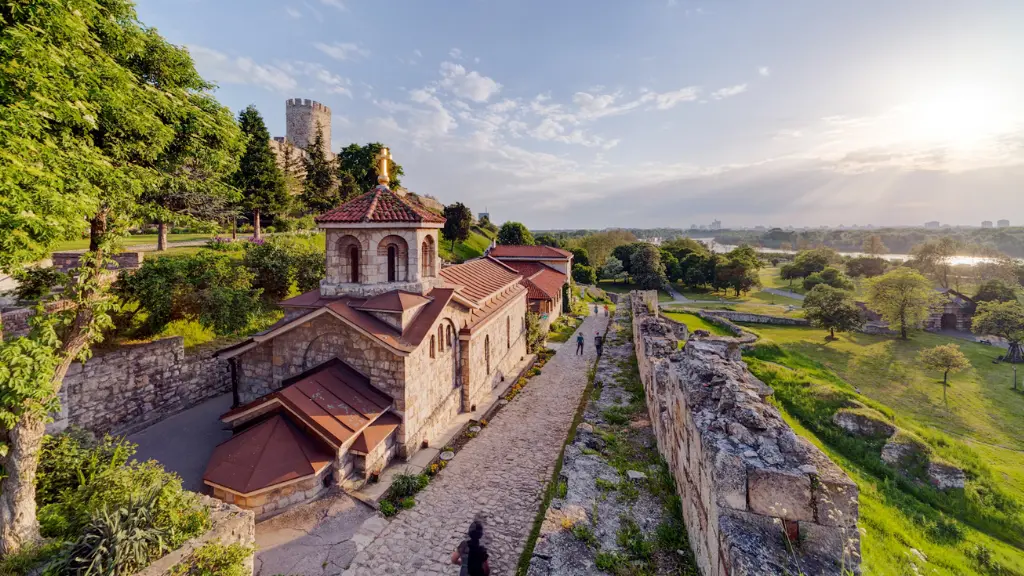Latvia, nestled in Northern Europe, is a small yet captivating country with a rich history, diverse landscapes, and vibrant cities. This Baltic nation offers an intriguing mix of medieval charm, untouched nature, and unique traditions.
Perfect for travelers looking to explore beyond Western Europe, Latvia has something for everyone—from beachgoers to history buffs. This guide will introduce you to Latvia’s best attractions, local insights, and travel tips to make the most of your visit.
You May Also Like: Taking the Train in Italy
Exploring Latvia’s Vibrant Capital: Rīga
Rīga, the capital and largest city, is a UNESCO World Heritage site known for its art nouveau architecture, medieval Old Town, and thriving cultural scene. It’s the ideal starting point for any Latvian adventure.
Top Attractions in Rīga
- Rīga Old Town: The heart of the city, Old Town is full of cobblestone streets, colorful buildings, and historic landmarks. Don’t miss the iconic House of the Blackheads, St. Peter’s Church, and the Three Brothers—Rīga’s oldest houses.
- Art Nouveau District: Rīga is famous for its art nouveau architecture, with more than 800 buildings in this unique style. The district around Alberta Street is a must-see for architecture enthusiasts.
- Freedom Monument: This towering monument is a symbol of Latvia’s independence and resilience. Located in the city center, it’s a significant landmark that commemorates Latvia’s fight for freedom.
- Central Market: Located in former Zeppelin hangars, the Rīga Central Market is one of Europe’s largest and a fantastic place to experience Latvian culture. Try local specialties like smoked fish, rye bread, and fresh berries.
- Latvian National Museum of Art: This museum showcases Latvia’s rich artistic heritage with collections of Latvian and Baltic art from the 18th century to the present.
Latvia’s Breathtaking Natural Wonders
Latvia’s natural beauty is one of its best-kept secrets. Over half of the country is covered in forests, and it boasts pristine beaches, winding rivers, and peaceful lakes.
1. Gauja National Park
As Latvia’s largest national park, Gauja offers lush forests, sandstone cliffs, and plenty of outdoor activities. Located near the town of Sigulda, it’s known as the “Switzerland of Latvia” due to its scenic beauty.
- Hiking and Biking: Trails of varying difficulty wind through the park, offering beautiful views of the Gauja River Valley.
- Sigulda Castle: This medieval castle provides a fascinating look into Latvia’s past, with views over the surrounding forest.
- Canoeing and Kayaking: Explore the Gauja River by boat for a peaceful and scenic experience.
2. Jūrmala Beach
Just a short drive from Rīga, Jūrmala is Latvia’s premier beach destination. Known for its white sandy shores and pine forests, Jūrmala offers relaxation and activities along the Gulf of Rīga.
- Beachfront Spas: Jūrmala is known for its spas, many of which offer treatments using natural resources like mud and mineral water.
- Dzintari Forest Park: This park is perfect for a family outing, with playgrounds, an observation tower, and biking trails.
3. Kemeri National Park
Kemeri National Park is famous for its vast wetlands, ancient bogs, and healing springs. The Great Kemeri Bog Boardwalk is a popular trail that takes you through the unique bog landscape, offering a glimpse of rare plant species and birdlife.
4. The Blue Lakes of Latgale
The Latgale region in southeastern Latvia is dotted with crystal-clear lakes, known as the Blue Lakes. Lake Razna is the largest and a great place for swimming, fishing, and water sports.
Historical and Cultural Sites
Latvia has a fascinating history influenced by German, Swedish, and Russian rule. Its castles, churches, and historical sites provide insight into its storied past.
1. Cēsis Castle
Cēsis Castle, located in the town of Cēsis within Gauja National Park, is one of Latvia’s best-preserved medieval castles. Explore the castle ruins and learn about Latvia’s medieval history at the on-site museum.
2. Rundāle Palace
Often compared to Versailles, Rundāle Palace is a stunning example of baroque and rococo architecture. Built in the 18th century, the palace and its gardens are beautifully maintained and offer a glimpse into Latvia’s aristocratic past.
3. Kuldīga
Kuldīga is a charming town with a rich history and Europe’s widest waterfall, Venta Rapid. The old town’s narrow streets, wooden buildings, and historic bridges make it a picturesque place to visit.
4. Turaida Museum Reserve
Located near Sigulda, the Turaida Museum Reserve includes a medieval castle, a sculpture park, and the Turaida Church, one of the oldest wooden churches in Latvia. The castle tower offers spectacular views of the Gauja River Valley.
Latvia’s Unique Culture and Traditions
Latvia’s culture is deeply rooted in ancient traditions, folklore, and a strong connection to nature.
1. Song and Dance Festival
The Latvian Song and Dance Festival, held every five years, is one of the country’s most important cultural events. Thousands of performers gather to celebrate Latvia’s folk music, dance, and traditional costumes. If you’re visiting during this festival, it’s a must-see!
2. Jāņi – Midsummer Festival
Jāņi, Latvia’s midsummer celebration, is held on the summer solstice. It’s a night filled with bonfires, singing, traditional foods, and folk dances. Visitors are encouraged to join in the festivities and experience one of Latvia’s most cherished traditions.
3. Latvian Ethnographic Open-Air Museum
Located near Rīga, this museum showcases traditional Latvian life with historic buildings, farmsteads, and craft demonstrations. It’s an excellent way to learn about Latvia’s rural heritage.
Latvian Cuisine: A Taste of the Baltic
Latvian cuisine is hearty and comforting, with an emphasis on locally sourced ingredients. Must-try dishes include:
- Sklandrausis: A sweet rye pastry filled with potato and carrot.
- Grey Peas with Bacon: A traditional dish often served during the winter months.
- Piragi: Small rolls filled with bacon and onion, popular as snacks.
- Cold Beet Soup: A refreshing soup made with beets, cucumber, and kefir, often enjoyed in the summer.
Rīga’s Central Market is a great place to sample these dishes and discover local products like honey, smoked fish, and fresh berries.
Practical Tips for Traveling in Latvia
1. Currency
Latvia uses the Euro (€). ATMs are widely available, and most places accept credit cards.
2. Language
Latvian is the official language, but English is commonly spoken, especially in Rīga and tourist areas.
3. Transportation
Latvia’s public transport system is reliable and affordable. Buses and trains connect Rīga with other cities and regions. Renting a car is a good option for exploring more remote areas.
4. Best Time to Visit
Summer (June to August) is the best time to visit Latvia, with mild weather and outdoor festivals. Spring and fall offer fewer crowds, while winter is ideal for those who enjoy snow sports.
5. Cultural Etiquette
Latvians value their privacy and personal space. It’s respectful to greet with a handshake and be mindful in public spaces. Always ask for permission before taking photos of people.
Conclusion: Embrace the Charm of Latvia
Latvia may be small, but it’s filled with beauty, history, and unforgettable experiences. From the vibrant streets of Rīga to the serene shores of Jūrmala Beach, Latvia offers a blend of adventure and relaxation.
Whether you’re exploring ancient castles, hiking through pristine forests, or sampling local delicacies, Latvia promises a unique journey through the heart of the Baltics. Embrace the charm, culture, and natural wonders of Latvia—you’ll leave with memories to treasure forever.










